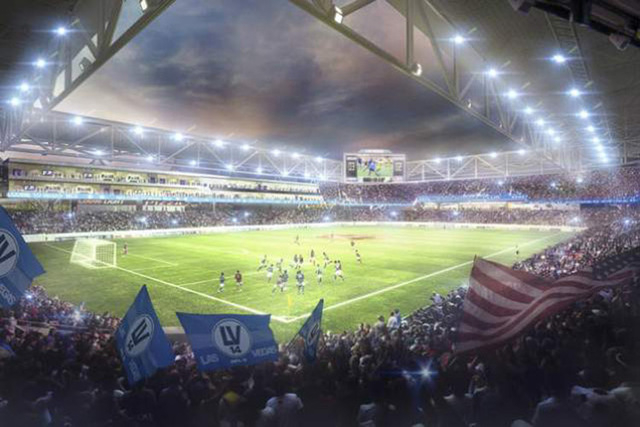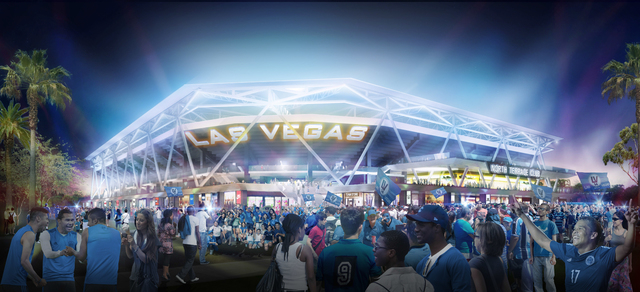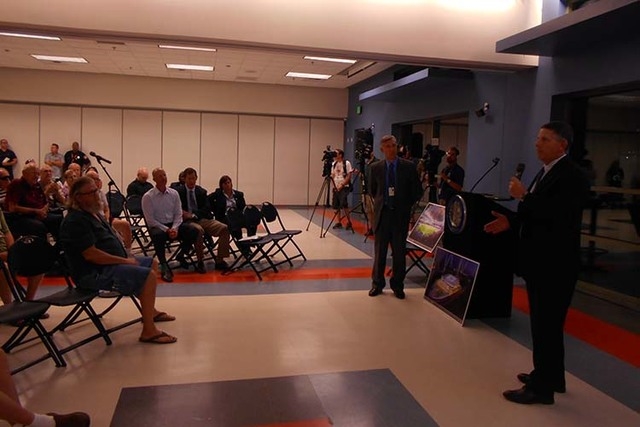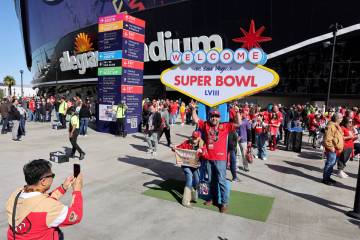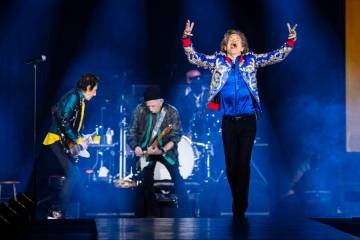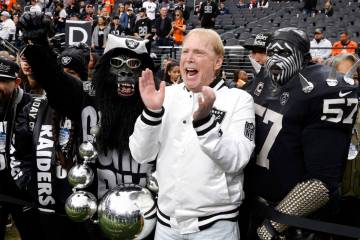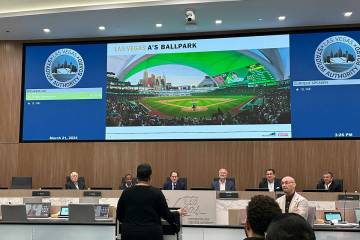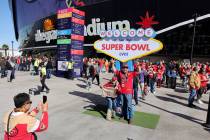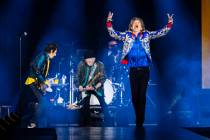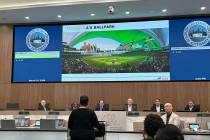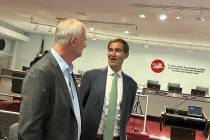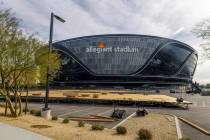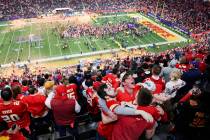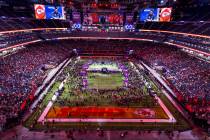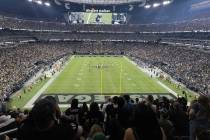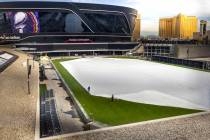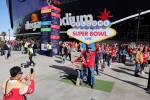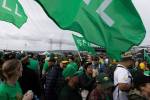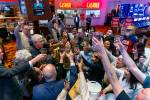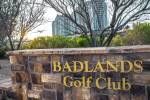Vegas releases new soccer stadium financials
The city of Las Vegas released a new soccer stadium feasibility study Wednesday, following a consultant’s error in sending an outdated stadium revenue and expense chart to city officials last week.
The updated AECOM study shows the proposed $200 million, 24,000-seat stadium in downtown Symphony Park would generate nearly $2.5 million annually in operating net income from 2017 to 2019, and $3.6 million in 2020 and 2021. The outdated chart said the stadium would create net operating income of about $1.7 annually from 2017-19 and $2.8 million a year in 2020 and 2021.
The AECOM study was commissioned by The Cordish Cos., which has partnered with Findlay Sports &Entertainment to lobby Major League Soccer for an expansion soccer franchise and the city for public subsidies for the new soccer-first venue. The Cordish/Findlay team reached a tentative stadium financing deal with city staff, and the Las Vegas City Council is scheduled to vote on the nonbinding deal on Oct. 1. The council is split 3-3 on the stadium financing deal, with Councilwoman Lois Tarkanian undecided.
In response to publicity surrounding last week’s inaccurate report, David Stone, associate vice president, economics for Chicago-based AECOM, informed the city in a Sept. 16 letter that last week’s study was “inappropriately leaked” to the media and that it’s uncommon for a “final draft” report to be made public.
But Councilman Bob Coffin took exception to Stone’s charge and told the consultant that when a council member receives a final draft, “it’s ready for prime time.”
Coffin added, “Try not to shift the blame for bad publicity.”
Stone told the Las Vegas Review-Journal on Wednesday that he considered the report “a draft” and not a public record.
The stadium revenues are vital numbers because the Cordish-Findlay team wants to show city residents that there will be money generated to pay off the bonds that the private development team wants the city to issue to help build the stadium.
Detractors point to the public’s upfront contribution to the $200 million, noting that Cordish/Findlay is putting up only $44.25 million, while public dollars account for nearly 78 percent of the upfront cost, mostly through bonds. They say the city would be left with an $8 million debt if the team or league fails.
But supporters say the team would pay $3.5 million in annual rent, and there would be revenue from nonsoccer events. And after 30 years, Cordish/Findlay will have paid for 59 percent of the stadium costs. They argue this is a good deal compared with other publicly subsidized stadiums around the country.
The new stadium report showed the stadium is projected to generate revenues from $7.431 million in 2017 to $8.81 million in 2021. Meanwhile, projected stadium expenses ranged from $4.95 million in 2017 to $5.2 million in 2021, according to the study.
During Wednesday’s meeting, Councilman Bob Beers tweeted after receiving the new stadium study, “OMG just got third version of stadium proforma. Delivered after meeting starts, no chance to review. Problems solved!”
When City Manager Betsy Fretwell updated the council, Mayor Carolyn Goodman asked her, “Is this the final, final report?”
Fretwell responded, “These reports change as terms change. This is the best information we have to date.”
The new stadium report was the latest update in the controversial subsidized stadium proposal.
On the parking front, Parking Services Manager Brandy Stanley said staff met with local stadium stakeholders about parking and traffic flow issues.
“Anyone buying a ticket or attending a game should buy parking or reserve their parking in advance,” Stanley advised the council.
The stakeholders also want an independent parking study and a pedestrian bridge from the east side of the railroad tracks to reach Symphony Park and to avoid multiple events at the same time, she said.
A new city parking report released Wednesday said 7,200 spaces are needed for the stadium and 300 to 400 for operations. City economic development official Bill Arent told the council a more comprehensive parking and traffic report will be submitted. The report is available at http://lasvegasnevada.gov/files/Parking_and_Transportation).pdf.
Beers also tested the waters to see whether council might be prepared to vote on the nonbinding stadium deal to kill it. Beers’ rationale: A final stadium agreement requires a supermajority 5-2 vote in December, but with three no votes on the council (Stavros Anthony, Coffin and Beers), why waste city resources on information meetings and more consultant fees?
But Councilman Ricki Barlow implored his fellow council members to not kill the stadium deal. During his talk, Barlow mentioned that he and his wife sometimes disagree on issues — an apparent comparison to the council members disagreeing on the stadium subsidy proposal.
Meanwhile, Beers pointed out problems with the new AECOM report. He noted the new study said average game attendance would be 20,000 — 2,000 more than the 18,000 that Justin Findlay of Findlay Sports has said.
Findlay explained his business model was based on average MLS attendance of about 18,000 and acknowledged his feasibility study contained projected revenue and expense numbers that were different from AECOM’s forecast numbers.
Stone explained his AECOM study assumed 20,000 fans would attend a game because new soccer-specific stadiums normally draw more fans.
There is more discussion to come at four more public information meetings being staged throughout Las Vegas in each of the six wards. Sessions are set for tonight and for Tuesday through Sept. 25.
The cost to the taxpayers for the six meetings is $6,000.
Contact reporter Alan Snel at asnel@reviewjournal.com or 702-387-5273. Follow @BicycleManSnel on Twitter.



